Blood is like the body’s lifeline, made up of red cells that carry oxygen, making it red. White blood cells act as defenders, fighting off germs and infections. Platelets are the superheroes that stop bleeding by forming clots. Plasma, the liquid part, is like a transport system, moving cells, nutrients, and hormones around the body. Picture it as a term – red cells deliver, white cells protect, platelets fix, and plasma keeps everyone moving. This teamwork keeps us healthy, making blood not just a liquid, but a crucial squad that ensures our body stays in top shape.
Define Blood
Blood is the vital fluid that circulates throughout the human body, transporting essential substances to maintain life. Composed of red blood cells, white blood cells, platelets, and plasma, it plays a crucial role in various bodily functions. Red blood cells carry oxygen from the lungs to all tissues and organs, ensuring they function properly. White blood cells are the body’s defense against infections, fighting off harmful invaders like bacteria and viruses. Platelets help in blood clotting, preventing excessive bleeding when injuries occur.
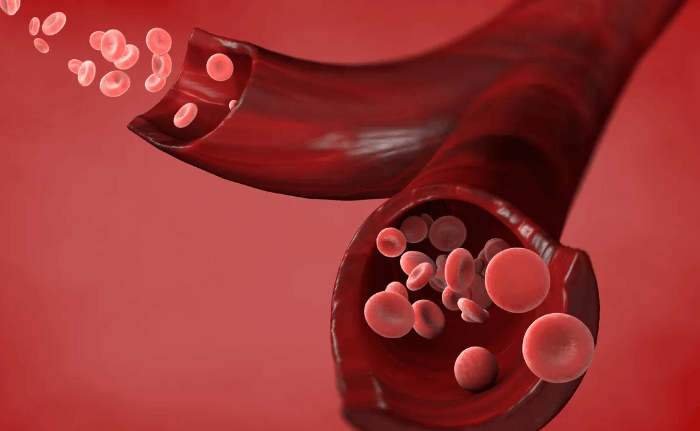
The liquid components of blood, plasma, carries nutrients, hormones, and waste products. It also regulates body temperature and maintains a balanced pH level. Blood travels through a network of vessels, arteries, veins, and capillaries, connecting all parts of the body. This circulatory system ensures that nutrients are delivered, waste products are removed, and the body’s internal environment remains stable. Blood is a complex yet essential fluid that sustains life by transporting oxygen, nutrients, and immune cells throughout the body, while also playing a crucial role in clotting and maintaining overall bodily functions.

Components of Blood
The blood consists of several essential components, each with its specific functions. These components work together to ensure the proper functioning of the circulatory system, delivering oxygen and nutrients to cells, removing waste products, and defending against infections and excessive bleeding. The balance and interaction of these components are crucial for maintaining overall health and homeostasis in the body.

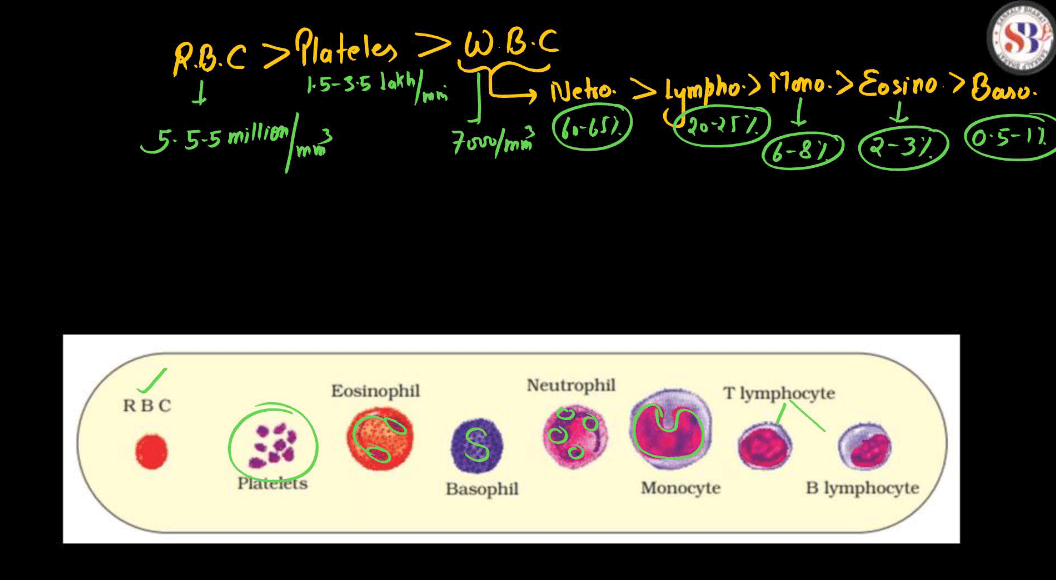
| Different Components of Blood | |
| Components | Functions |
| Red Blood Cell (Erythrocytes) | Red Blood Cells transport oxygen from the lungs to tissues and organs. Give blood it red in color. |
| White Blood Cells (Leukocytes) | White Blood cells form a crucial part of the immune system, defending the body against infections. |
| Platelets (Thrombocytes) | Platelets aid in blood clotting. Gather at the site of injury to prevent excessive bleeding. |
| Plasma | Plasma is the liquid component of blood. It carries nutrients, hormones, and waste products throughout the body. |
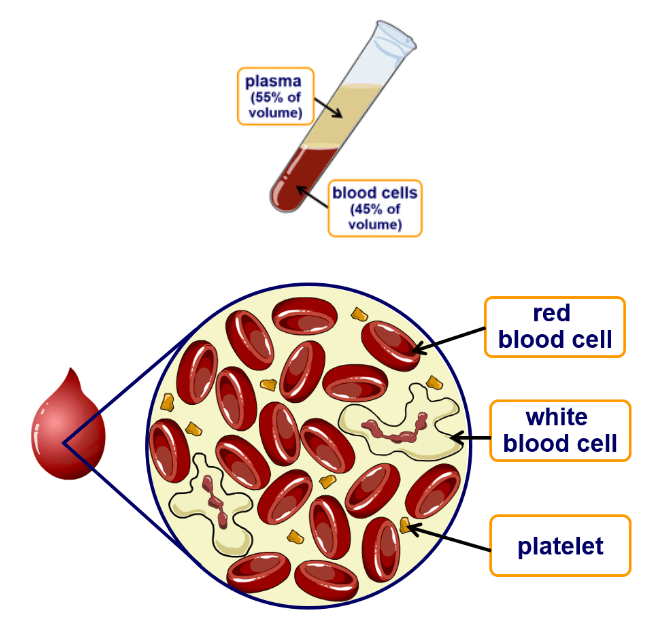
Red Blood Cells (Erythrocytes)
Red blood cells, or erythrocytes, are remarkable disk-shaped cells that play a vital role in our bodies. Their primary mission is to transport oxygen from our Lungs to every nook and cranny of our tissues and organs. Packed with a special protein called hemoglobin, these cells bind with oxygen in the lungs and release it where needed. Their distinctive shape increases the surface area, facilitating efficient oxygen exchange. What’s intriguing is that they lack a nucleus, maximizing their surface for oxygen-carrying hemoglobin. The red color comes from this hemoglobin. In essence, these little cells are like dedicated oxygen couriers, ensuring that our body receives the oxygen it needs to function properly.
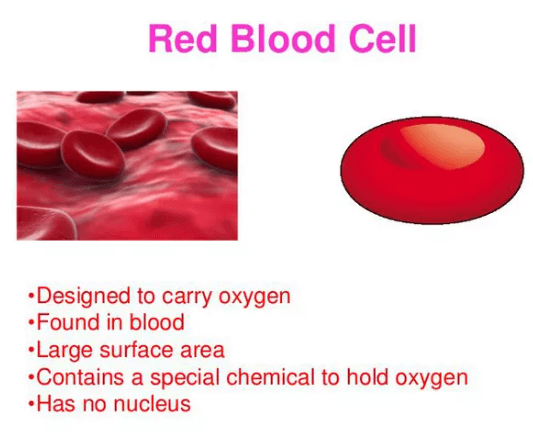
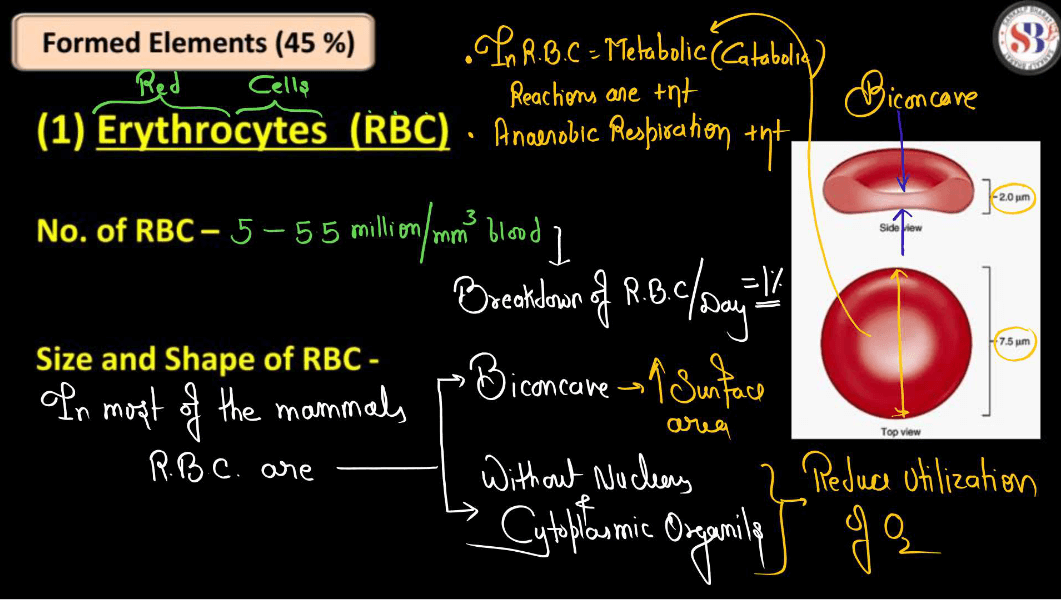
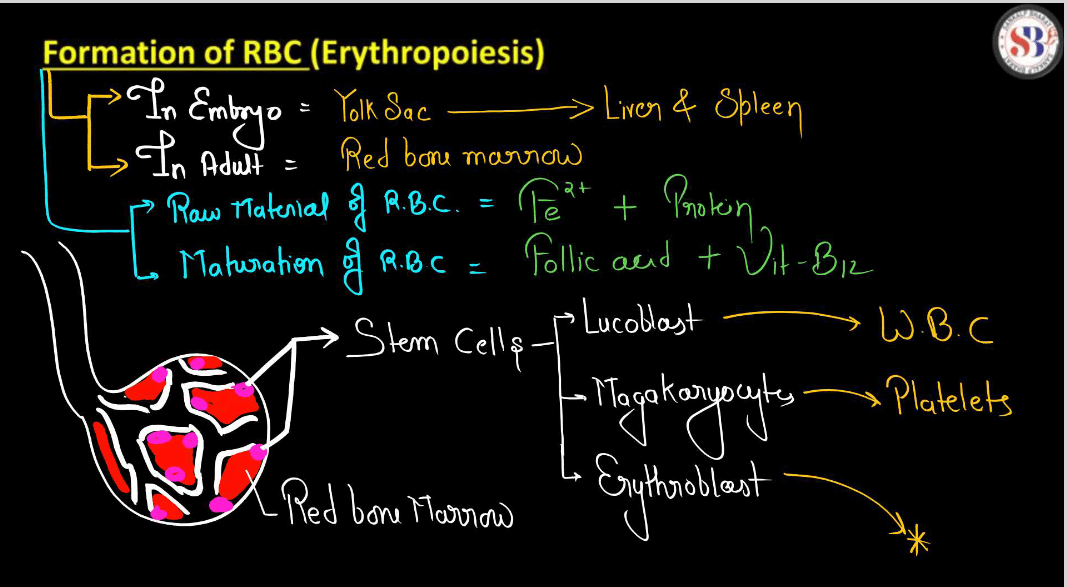
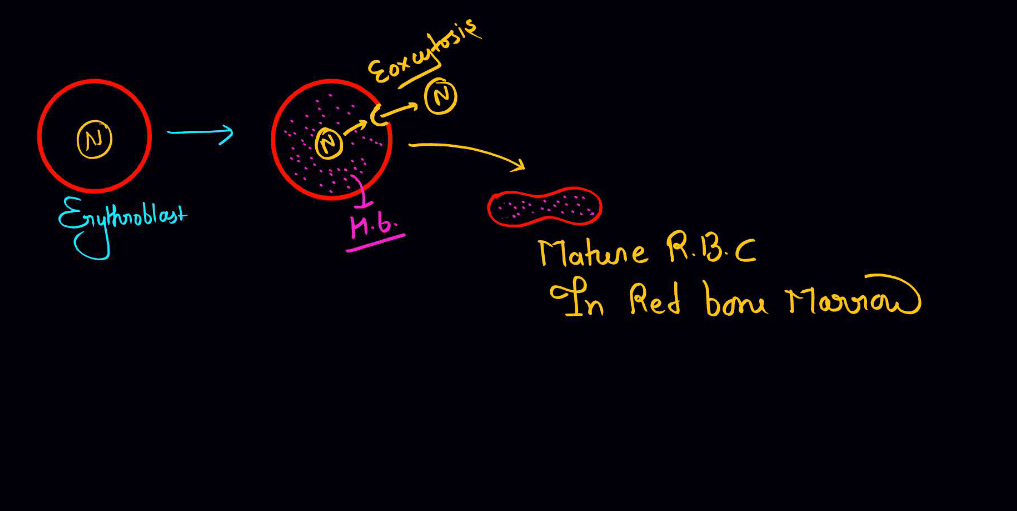
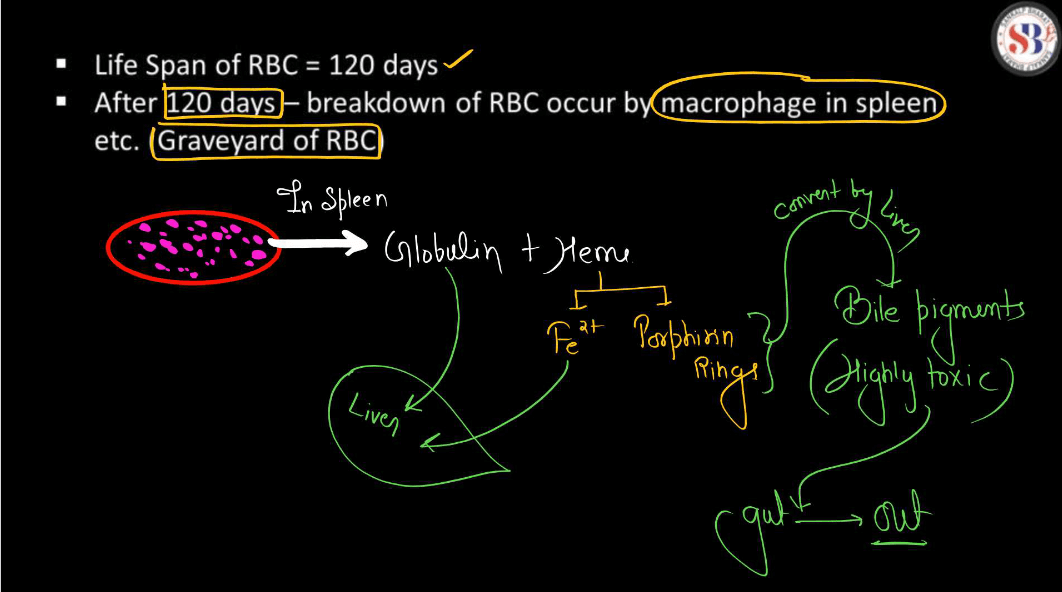
White Blood Cells (Leukocytes)
White Blood Cells, also known as leukocytes, are the superheroes of our immune system. Unlike red blood cells, they’re not oxygen carriers; instead, they’re the body’s defense force against invaders like bacteria, viruses, and other harmful microorganisms. Picture them as tiny warriors patrolling your bloodstream and tissues, ready to combat infections. These remarkable cells come in different types, each specializing in a specific defense mechanism. When they detect an intruder, they spring into action, engulfing the invaders or producing antibodies to neutralize them. White blood cells are the guardians that keep our body safe from infections, working tirelessly to maintain our health and well-being.
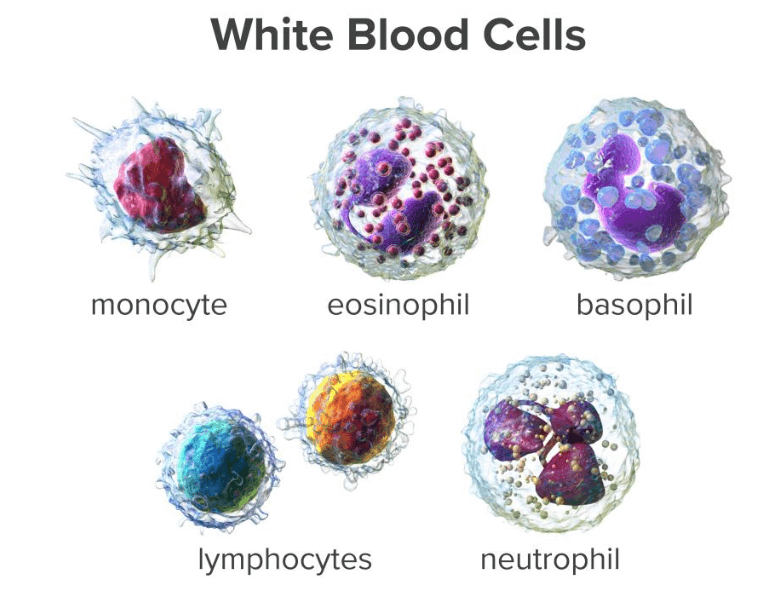
There are several types of white blood cells, each with specific functions in defending the body against infections. The main types of White Blood cells include Neutrophils, Lymphocytes, Monocytes, Eosinophils, and Basophils. Together, these white blood cells form a diverse team, each specializing in specific aspects of immune defense to maintain the body’s health.
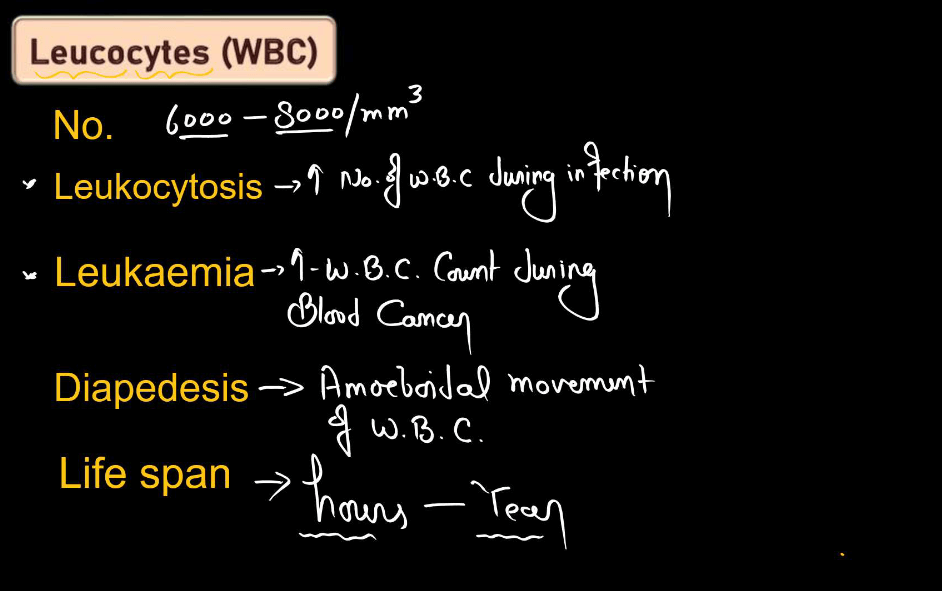
| Types of White Blood Cells | |
| Types | Description |
| Neutrophils | These are the most abundant white blood cells and are rapid responders to bacterial infections. They engulf and destroy bacteria. |
| Lymphocytes | There are two main types – T cells and B cells. T cells play a central role in coordinating the immune response, while B cells produce antibodies that target and neutralize pathogens. |
| Monocytes | These cells are large and transform into macrophages, which engulf and digest foreign particles, dead cells, and debris. |
| Eosinophils | Primarily involved in combating parasitic infections and controlling allergic reactions by releasing substances that reduce inflammation. |
| Basophils | Basophils release histamine and other substances during allergic reactions, contributing to the inflammatory response. |
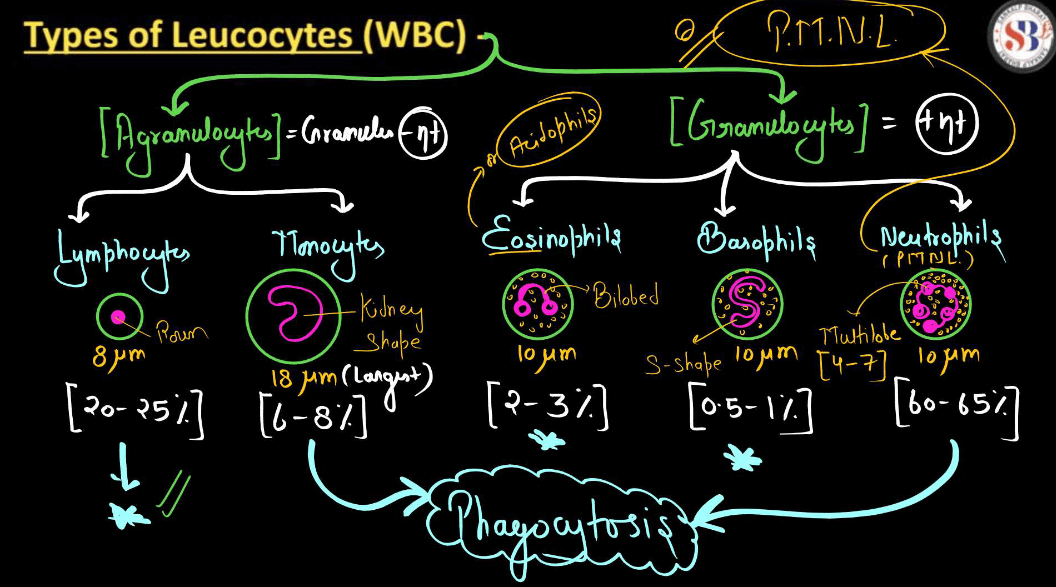
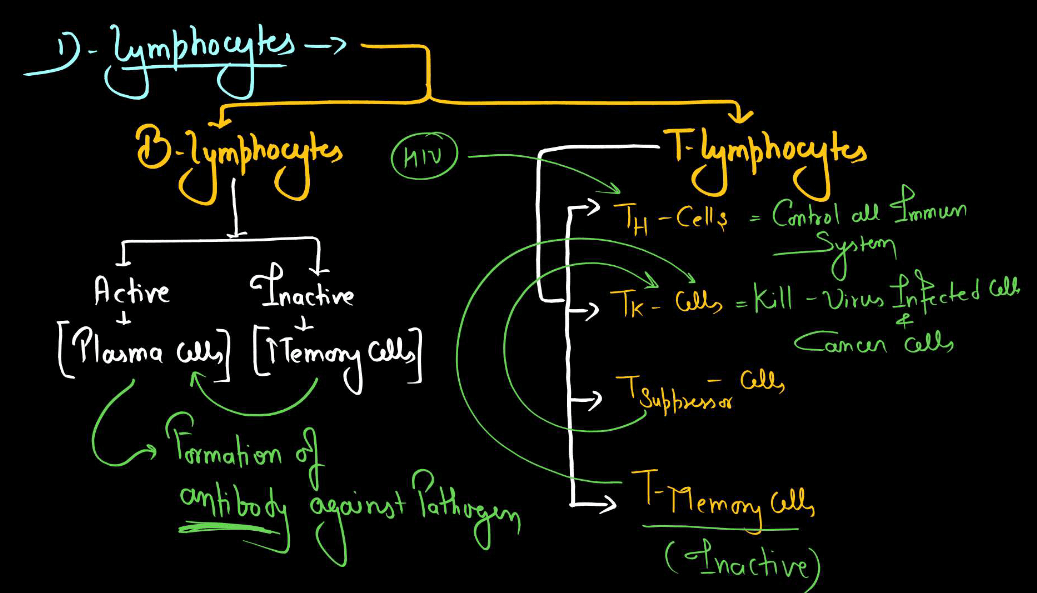
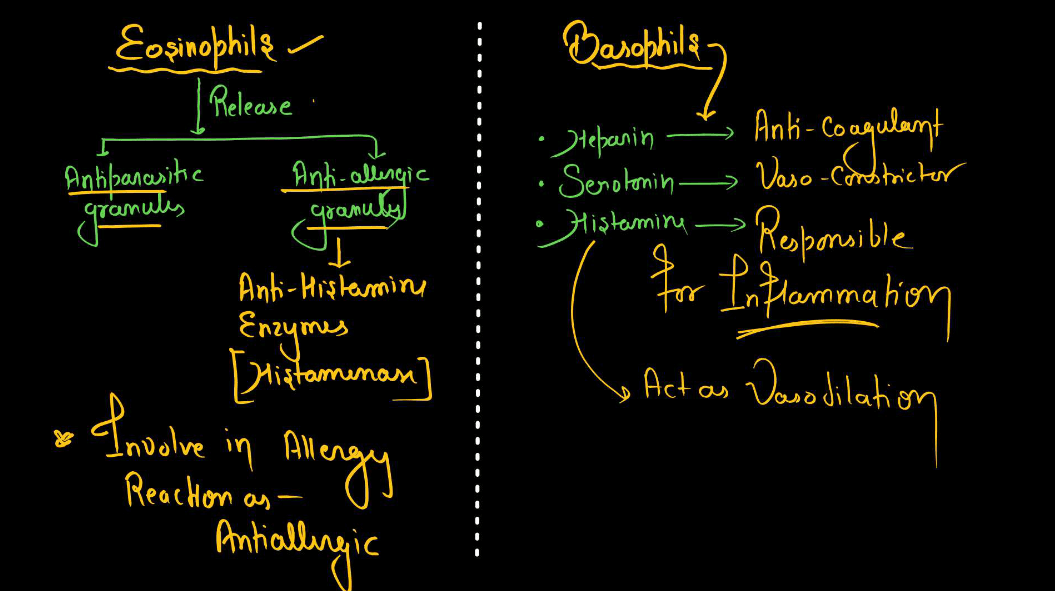
Platelets (Thrombocytes)
Platelets, or Thrombocytes, are the unsung heroes that prevent excessive bleeding when we get a cut or injury. These tiny cell fragments circulate in our blood and spring into action when there’s a breach in a blood vessel. Imagine them as quick-response units rushing to the scene of an accident. When there’s a cut, platelets stick together, forming a plug that seals the breach. They release chemicals that make nearby blood vessels contract, further reducing blood flow. Additionally, these cells initiate a complex cascade of reactions that eventually create a stable blood clot, staunching the flow of blood. Platelets are the body’s emergency repair crew, ensuring that we don’t bleed too much when accidents happen, contributing to our overall well-being.
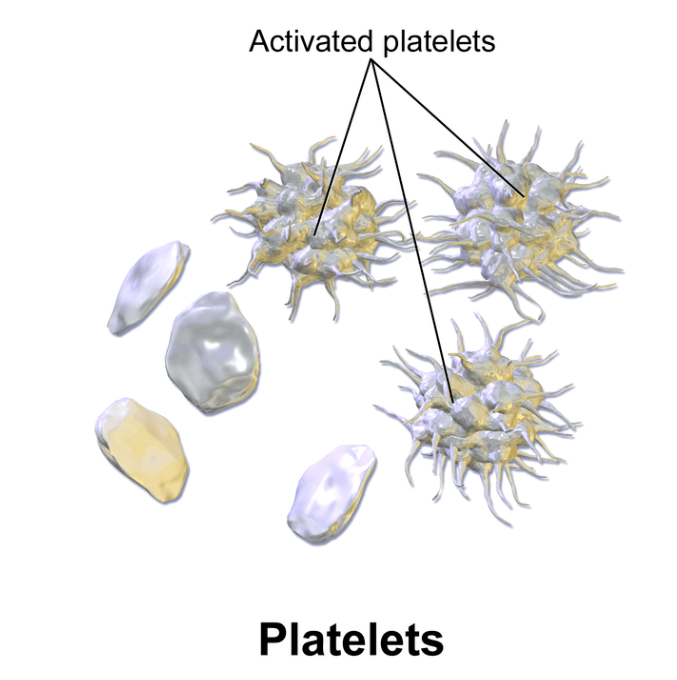
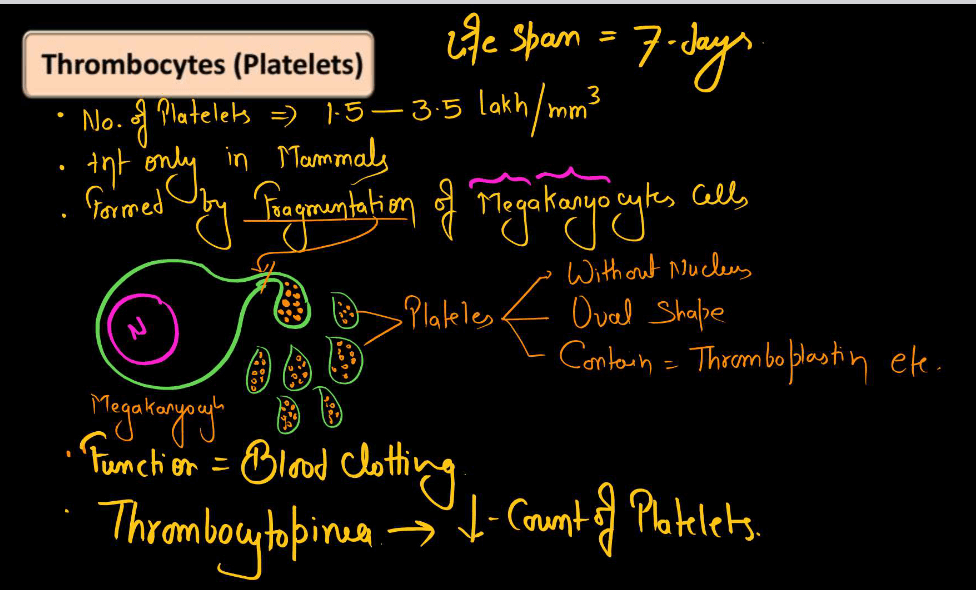
Plasma
Plasma is the unsung liquid hero in our blood, making up more than half of its volume. Think of it as the transport system that carries various essential substances throughout our body. This yellowish fluid is a bustling highway for nutrients, hormones, and waste products. It’s like a multitasking courier service, delivering supplies to cells and picking up waste for disposal. Plasma also plays a crucial role in maintaining our body’s balance by regulating temperature and pH levels. It’s a team player, providing a medium for blood cells like red and white blood cells to travel. In summary, plasma is the lifeblood of our body’s internal environment stays stable and all the necessary materials reach their destinations.

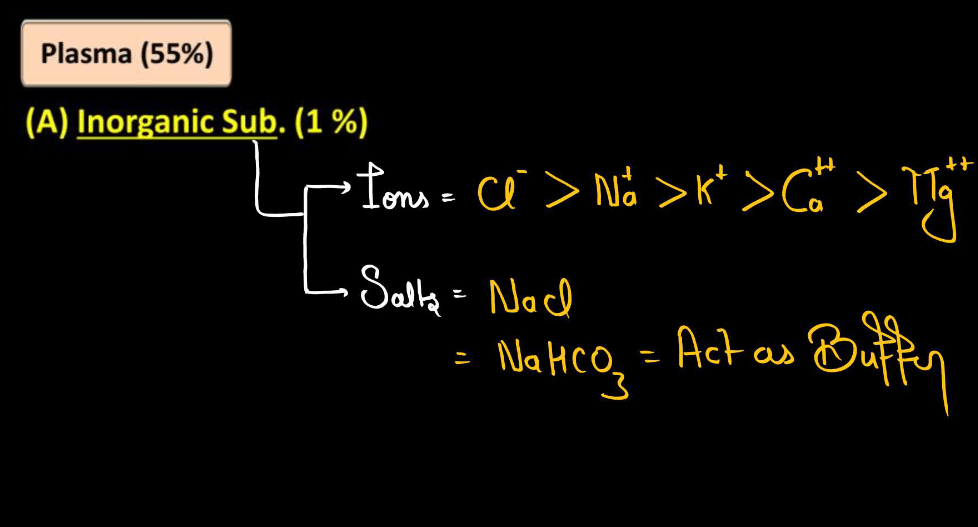
Functions of Blood
Blood performs a variety of essential functions in the Human body. Blood is a multifaceted fluid that ensures the body’s survival by transporting oxygen, nutrients, and hormones, defending against infections, regulating temperature, and maintaining overall homeostasis.
- Oxygen Transport: Red Blood cells carry oxygen from the lungs to tissues and organs, ensuring proper cellular functions.
- Nutrient Transport: Blood transports nutrients, such as Glucose and amino acids, to cells for energy and growth.
- Waste Product Removal: Blood carries waste products, like carbon dioxide and urea, to the lungs and kidneys for elimination from the body.
- Immune Defense: White blood cells defend against infections, viruses, and bacteria, contributing to the body’s immune response.
- Blood Cloting: Platelets initiate clotting mechanisms to prevent excessive bleeding when there’s an injury.
- Hormone Transport: Blood distributes hormones produced by glands to regulate various physiological processes.
- Temperature Regulation: Blood helps regulate body temperature by redistributing heat.
- pH Balance: Blood maintains a stable pH level, crucial for proper enzyme function and overall cellular activity.

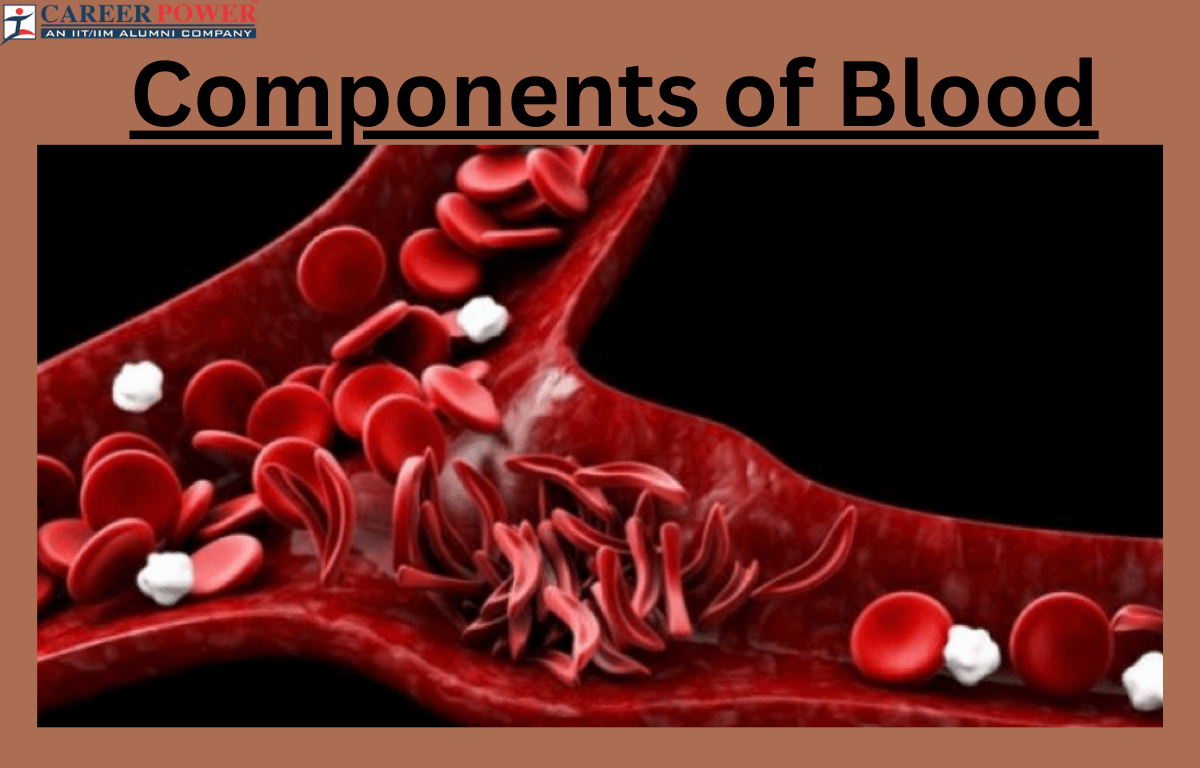

 50 Vegetables Name for Kids in English a...
50 Vegetables Name for Kids in English a...
 Food Chain: Definition, Types, Examples,...
Food Chain: Definition, Types, Examples,...
 Human Respiratory System: Definition, Di...
Human Respiratory System: Definition, Di...













